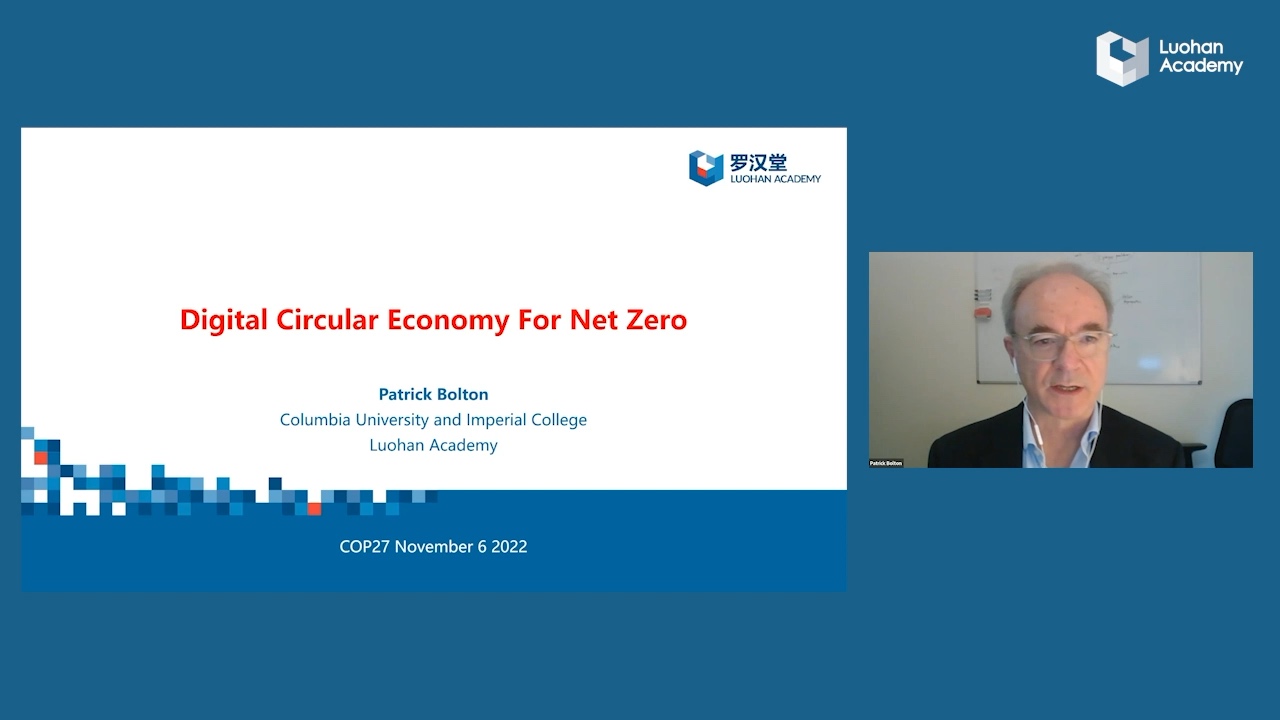Over the past few decades, business spending on things that are hard to see or touch, such as computer software, a firm's intellectual property (IP), and internal knowledge, became increasingly important. This rise of intangible economy not only has a direct impact on the measurement of economic activity, but also affects business models and how firms compete in the market. The relationship between rise of intangible investment and productivity growth has attracted substantial research interests.
The first direct link between intangible investment and productivity growth is mismeasurement. Traditionally, in the national economics accounting system, spending on intangibles is treated as intermediate inputs, not investment. Therefore, they do not appear in the final output. However, as emphasized in Corrado et al (2009):
"any use of resources that reduces current consumption in order to increase it in the future qualifies as an investment. This result argues for symmetric treatment of all types of capital and that business expenditures aimed at enhancing the value of a firm and improving its products, including human capital development as well as R&D,be accorded the same treatment as tangible capital in national accounting systems."
Corrado et al (2009) add intangible investment in the standard measurement of GDP, and quantify the magnitude of missing productivity growth due to the rise of intangibles. They find the capitalization of intangibles increases the rate of growth of output per hour in both the 1973–95 and 1995–2003 periods by about 0.3 percent.
Similarly, from a historic perspective, Brynjolfsson et al. (2021) argue in a recent paper that when new general-purpose technologies, like computer and software, emerge, it takes considerable amount of complementary investments and efforts to harvest the benefits from those technologies. These investments, including new processes, business models and human capital, are often intangibles and poorly measured, resulting in the underestimation of productivity growth initially as capital and labor are used to accumulate unmeasured intangible capital stocks. Over time, as the benefits materialize, the measured productivity growth overestimates true productivity growth because the capital service flows from those intangible assets generate measurable output.
They call this phenomenon Productivity J-Curve. They develop a model to formalize this concept and find substantial and ongoing Productivity J-Curve effects, where the adjusted total factor productivity (TFP) is 15.9% higher than official measures at the end of 2017.

One challenge in estimating the impact of intangibles on productivity is to compute the prices and quantities of intangibles. In a recent Luohan Webinar, Erik Brynjolfsson, Professor at Stanford University and a member of Luohan Academy's Academic Committee, discusses how prices and quantities of intangibles can be recovered using Hall's Quantity Revelation Theorem. Using panel data from LinkedIn, he shows that digital capital quantities grew rapidly and its prices varied significantly over time. Moreover, the digital capital has disproportionately accumulated in a small set of "superstar" firms, and digital capital accumulation predicts future firm-level productivity.
In addition to the measurement challenge, the particular economic properties of intangibles could change market structure and competition environment, and therefore help to explain the stagnation in productivity growth. In a recent book <Capitalism without Capital: The Rise of the Intangible Economy>, Haskel and Westlake highlight the scalability of intangibles. i.e., firms face minimal additional costs when their production size and customer base are scaled up. For instance, Uber incurs almost zero cost from serving additional customers with their existing software, while traditional taxi companies have to buy more cars and hire more drivers.
Building on the idea that intangible assets are scalable, De Ridder (2019) shows that the rise of intangible inputs – such as software – may have contributed to the observed low productivity growth. Intangibles reduce marginal costs and raise fixed costs, which gives firms with high-intangible adoption a competitive advantage, in turn deterring other innovative firms from entering and hindering productivity growth.
In a related paper, Aghion et al (2019) propose that the rise of Information Technology raises the span of control, which induces high productivity (intangible) firms to enter into more product markets. The expansion of high productivity firms eventually deters innovation because innovating in a product market where the incumbent firm has high productivity yields lower profits. Both high and low productivity firms eventually reduce their R&D efforts. The long run innovation and productivity growth may fall.
While the existing literature emphasizes both the importance of economic measurement and role of intangibles in market competition, there are still important questions that need to be addressed. On the measurement side, although Corrado et al. (2009) propose a framework in understanding intangible investment, but there are still many empirical challenges in measuring its value. For instance, they use cost-based estimates to measure non-market inputs like firm-specific organizational capital. However, it is not clear whether the cost of intangible spending reflects its value on average. On the theory side, recent literature linked the rise of intangibles to low productivity growth. Despite appealing theoretically, during the same period, many macroeconomic phenomena occurred. The slow productivity growth is also likely be driven by other factors, such as low labor force growth (Peter and Walsh, 2019) and low interest rates (Liu et al., 2019). Therefore, to better evaluate our economic progress and the prospect of the intangible economy, it calls for more research into the measurement of intangibles and its role in the economy.
References
Aghion, Philippe, Antonin Bergeaud, Timo Boppart, Peter J. Klenow, and Huiyu Li. 2019, A theory of falling growth and rising rents. No. w26448. National Bureau of Economic Research.
Brynjolfsson, Erik, Daniel Rock, and Chad Syverson. 2021, The productivity J-curve: How intangibles complement general purpose technologies. American Economic Journal: Macroeconomics 13, no. 1: 333-72.
Corrado, Carol, Charles Hulten, and Daniel Sichel. 2009, Intangible capital and US economic growth. Review of income and wealth 55, no. 3: 661-685.
De Ridder, Maarten. 2019, Market power and innovation in the intangible economy. Centre for Macroeconomics Working Paper 2019-07, March.
Hall, R. 2001. The Stock Market and Capital Accumulation, American Economic Review 91:5, 1185-1202.
Haskel, Jonathan, and Stian Westlake. 2018, Capitalism without capital: The rise of the intangible economy. Princeton University Press.
Liu, Ernest, Atif Mian, and Amir Sufi. 2019, Low interest rates, market power, and productivity growth. No. w25505. National Bureau of Economic Research.
Peters, Michael, and Conor Walsh. 2019, Declining dynamism, increasing markups and missing growth: The role of the labor force. 2019 Meeting Papers 658, Society for Economic Dynamics.
Tambe, Prasanna, Lorin Hitt, Daniel Rock, and Erik Brynjolfsson. 2020, Digital Capital and Superstar Firms. No. w28285. National Bureau of Economic Research.









